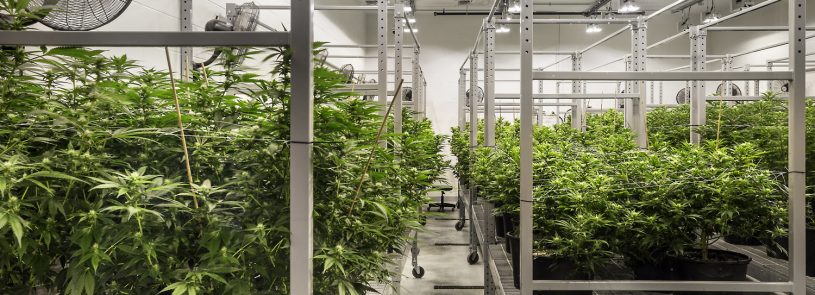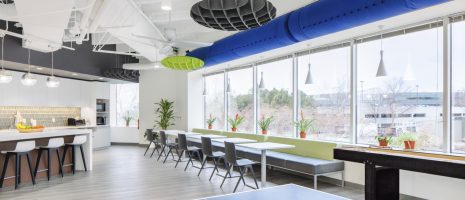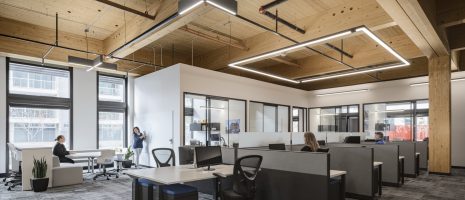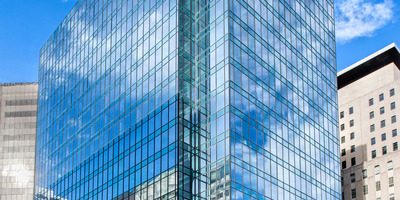As cannabis legalization expands, plant-based design will be key for new grow facilities

By Luke Streit and Mike Lawless
With the legalization of medical marijuana or recreational cannabis having been passed in New Jersey, Arizona, South Dakota, Montana and Mississippi in the recent election, construction of facilities to grow these plants will occur in these states as licenses are approved.
Producing a quality product for medical marijuana users as well as for recreational users is the foundation of any cannabis grow/processing facility. Therefore, the infrastructure design of these facilities must focus on the needs of the plants that grow within them. By extension, the design engineers should have agricultural backgrounds to truly understand these needs.
From our experience designing several marijuana growing facilities in various states, we know that the needs of the plants impact many of the engineering systems serving these buildings, including:
Electrical power. Most existing buildings do not have the robust electrical infrastructure required to support indoor grow facilities, so conversations need to be held with the local electric utility to understand system infrastructure capacity and resiliency.
HVAC systems. The specific temperatures and humidity required in grow rooms typically can’t be provided by conventional commercial equipment, so systems and equipment need to be tailored to specific requirements.
Plumbing systems. Facilities need to include reverse osmosis systems for irrigation and fertigation needs, nutrient injection equipment to deliver specific recipes to each grow room, sediment traps and grease interceptors, carbon dioxide enrichment systems, and emergency shower and eyewash stations.
Security. Each state has security and access control requirements for grow facilities that must be addressed in the design.
In addition to the above commonalities, each design must meet the specific needs of growers, each of whom has their own “secret sauce” – e.g., plant genetics, processes, etc. – that makes their product special. Ensuring each facility’s unique design begins with a conversation between engineer and owner about the grow process to better understand desired watering levels, light intensity levels, environmental conditions, fertigation needs, grow cycles, grow room configurations, and more.
Design documentation can then be developed to gain consensus on what is required for a successful outcome. This documentation of requirements can include rapid performance modeling to analyze system options and choose the best long-term, in-budget solutions from among the various vendors and technologies available. This early focus on operating efficiency can save on operation costs and ultimately increase profitability.
Owners who will be planning construction of new cannabis grow facilities should be sure their designer works with them on all the above considerations. Such plant- and client-focused system design is the only way to get the best crop possible within any client’s budget.
Related reading: Teamwork and expertise brought Iowa’s first medical marijuana facility to completion in one year.













